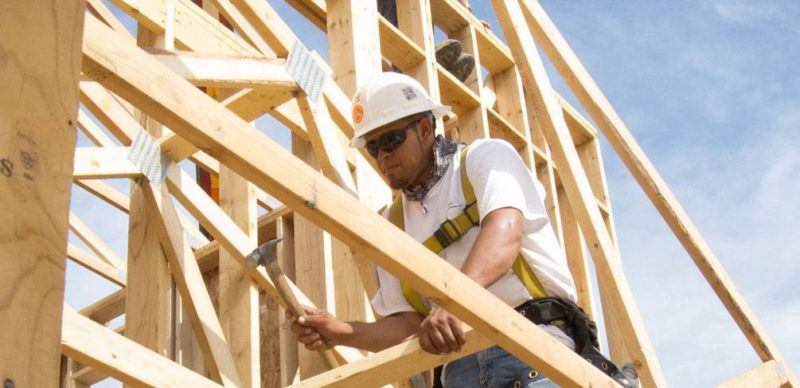We take a closer look at the Asbestos in construction, discovering how i can be harmful and what you have to look out for. Asbestos is a harmful substance known to cause serious health diseases to those exposed to it. It was once a popular strengthening element in construction and is now commonly found in building, structures, and vessels that have been around since the 1900s. Studies conducted in the recent years have uncovered the dangerous effects of this naturally occurring substance. Today, the use, distribution, and handling of asbestos are closely regulated to avoid seriously grave fatalities.
Health Implications
Mesothelioma – a cancer known to be almost solely caused by asbestos exposure. It is acquired when inhaled asbestos fibres penetrate the lung walls. This deadly disease takes up to 45 years to develop and is known to be incurable. Lung cancer – a fatal occurrence in people greatly exposed to large quantities of asbestos. Asbestos-related lung cancer has the same symptoms—coughing, wheezing, breathlessness and chest pain—as lung cancer caused by other factors. It takes up to 25 years to surface and cases often lead to fatality. Asbestosis – a benign yet serious lung disease that potentially leads to death by heart failure. It is characterized by scarring and inflammation of the lung tissue. It causes extreme difficulty in breathing as scar growth restricts oxygen transfer to the lungs. Like mesothelioma, there is no treatment for this grave disease and often appears after 10-20 years from initial exposure. Common places Insulation – In the past, it was common to use asbestos for insulation. Asbestos had several functions in insulation including noise blocking in walls, and strengthening of concrete compounds in water pipes. Asbestos testing is recommended for cracks found in walls or pipes. Wall or ceiling panels – Asbestos is commonly found in ceiling tiles, tile adhesives, and duct wrap in older structures. Asbestos was a popular component in ceiling texture sprays used from the 1940s to 1990s. The risk of asbestos exposure only becomes harmful when fibres become airborne. This is often the case for buildings that under renovation, construction, or those that have been damaged by storms. Roofing materials – Asbestos was often used to strengthen construction materials. It was also added as a component in roofing materials for fire resistance. Since the discovery of its harmful side effects, the use of asbestos in construction has declined. Floor tiles – Like roofing materials, asbestos is also found in floor tiles. Typically used to add to the products’ durability, vinyl sheet, rubber and asphalt flooring were often made with asbestos. Asbestos is almost always found in all establishments built pre-1990s. Fire door of furnaces – Asbestos was popularly utilized in fire doors and furnaces as it is naturally heat resistant. While it was designed to provide protection from heat damage, the use of this substance is now strictly regulated due to the serious health implications it poses.
Managing Asbestos
It is inevitable for people in working in construction to be exposed to asbestos. This is particularly true for those involved in huge commercial renovation or construction projects. A variety of asbestos removal certification classes from OSHA-accredited institutions are recommended to workers that are most at risk for asbestos exposure. Safeguarding the area from asbestos fibres exposure is the first order of business before further development is made to a building. Removal – Complete removal of asbestos is an option that totally eliminates the risk of exposure. It is an invasive procedure that is best fulfilled by highly trained experts. Encapsulation – Asbestos is only dangerous when the fibres are inhaled. Thus, sealing asbestos with a special resin virtually cancels out any risk for exposure. Enclosed – In some cases where the first two options are not feasible, an enclosure is built to safely lock away any asbestos contents. Recommended Reading:
- Becoming an Urban Planner: A Guide to Careers in Planning and Urban Design by Michael Bayer
- Sustainable Urbanism: Urban Design With Nature by Douglas Farrs
- eBooks by Landscape Architects Network
Article by Bilal Sajjad Featured image: By National Institute for Occupational Safety and Health (NIOSH) from USA – LeBlanc Construction Photos 2012, Public Domain, source.
Published in Blog











